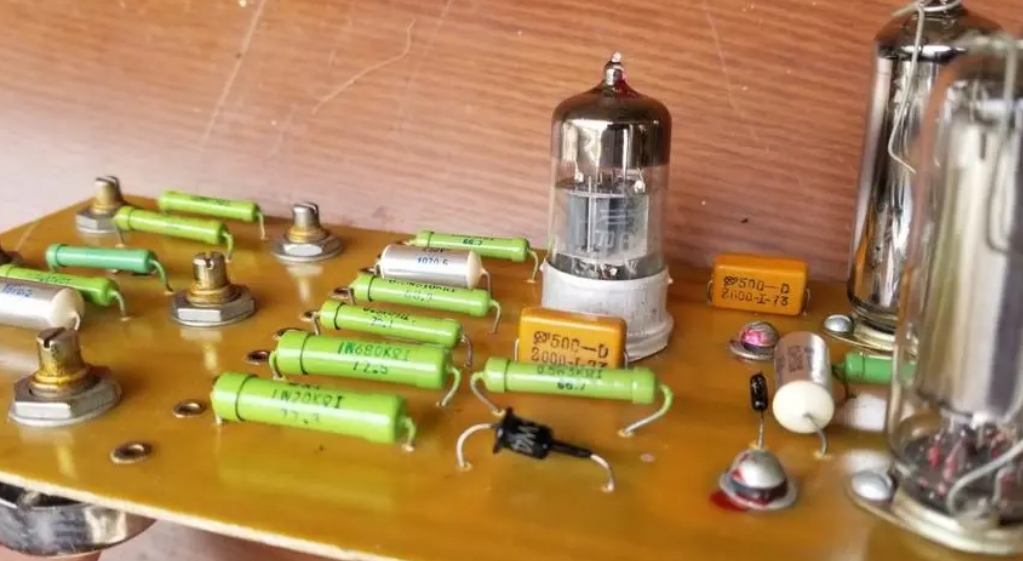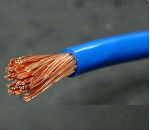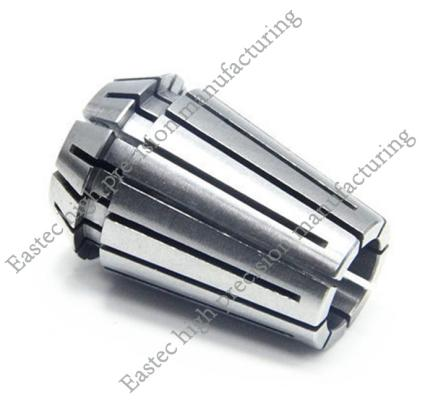Undercoating Selection for Electronic Components
Time:2024-04-24 15:02:06 Source:未知 Click:次

Introduction: With the rapid advancement of technology, electronic products are increasingly demanding higher levels of conductivity and antioxidant properties. As an essential material for electronic components, the choice of silver undercoating plays a critical role. This article will explore the advantages of silver undercoating in enhancing conductivity and antioxidant properties, as well as the key factors to consider when making a selection.
1. Superior Conductivity
Silver is the best conducting metal in nature, with conductivity approximately twice that of copper. In electronic components, a silver undercoating can effectively reduce resistance, increase the speed and stability of electronic signal transmission, thereby enhancing overall product performance.
2. Excellent Antioxidant Properties
Silver has excellent antioxidant properties, resisting oxidation and corrosion during the long-term operation of electronic components. Moreover, silver's surface easily forms a protective film, which helps prevent the dissolution of silver ions and further enhances antioxidant properties.
Key Factors for Selection of Silver Undercoating
1. Material Selection
When choosing the material for silver undercoating, it is essential to consider its conductivity and antioxidant properties. Pure silver generally offers the best conductivity and antioxidant performance, but it is more expensive. Therefore, based on the product performance requirements and cost budget, an appropriate silver alloy material should be selected.
2. Coating Thickness
The coating thickness is a crucial factor affecting the conductivity and antioxidant properties of silver undercoating. A moderate coating thickness ensures good conductivity and antioxidant performance. If the coating is too thin, it may easily lead to oxidation and corrosion; if the coating is too thick, it may affect the heat dissipation performance of electronic components. Therefore, the production process should strictly control the coating thickness.
3. Silver Plating Process
The plating process significantly impacts the performance of silver undercoating. Traditional silver plating processes include chemical plating and electroplating. Chemical plating offers higher antioxidant properties but slightly lower conductivity than electroplating. Electroplating provides better conductivity but poorer antioxidant properties. Depending on the product performance requirements, an appropriate plating process should be chosen.
4. Surface Treatment
To enhance the antioxidant properties and aesthetics of silver undercoating, special surface treatments can be applied. For example, applying insulating paint or a protective film layer can both prevent oxidation and corrosion and add to the product's aesthetics.
Conclusion
The selection of silver undercoating for electronic components is a critical factor in improving conductivity and antioxidant properties. In practical applications, the material, process, and surface treatment should be chosen rationally based on product performance requirements and cost budgets. By strictly controlling the production process, the performance and lifespan of electronic components can be ensured, meeting the needs of modern technological development.
In summary, silver undercoating offers significant advantages in enhancing the conductivity and antioxidant properties of electronic components. With the continuous advancement of technology, the application prospects of silver undercoating will become even broader. In the future, we look forward to more innovations and breakthroughs to drive the continuous development of the electronic component industry.






 Customer service 1
Customer service 1  Customer service 2
Customer service 2